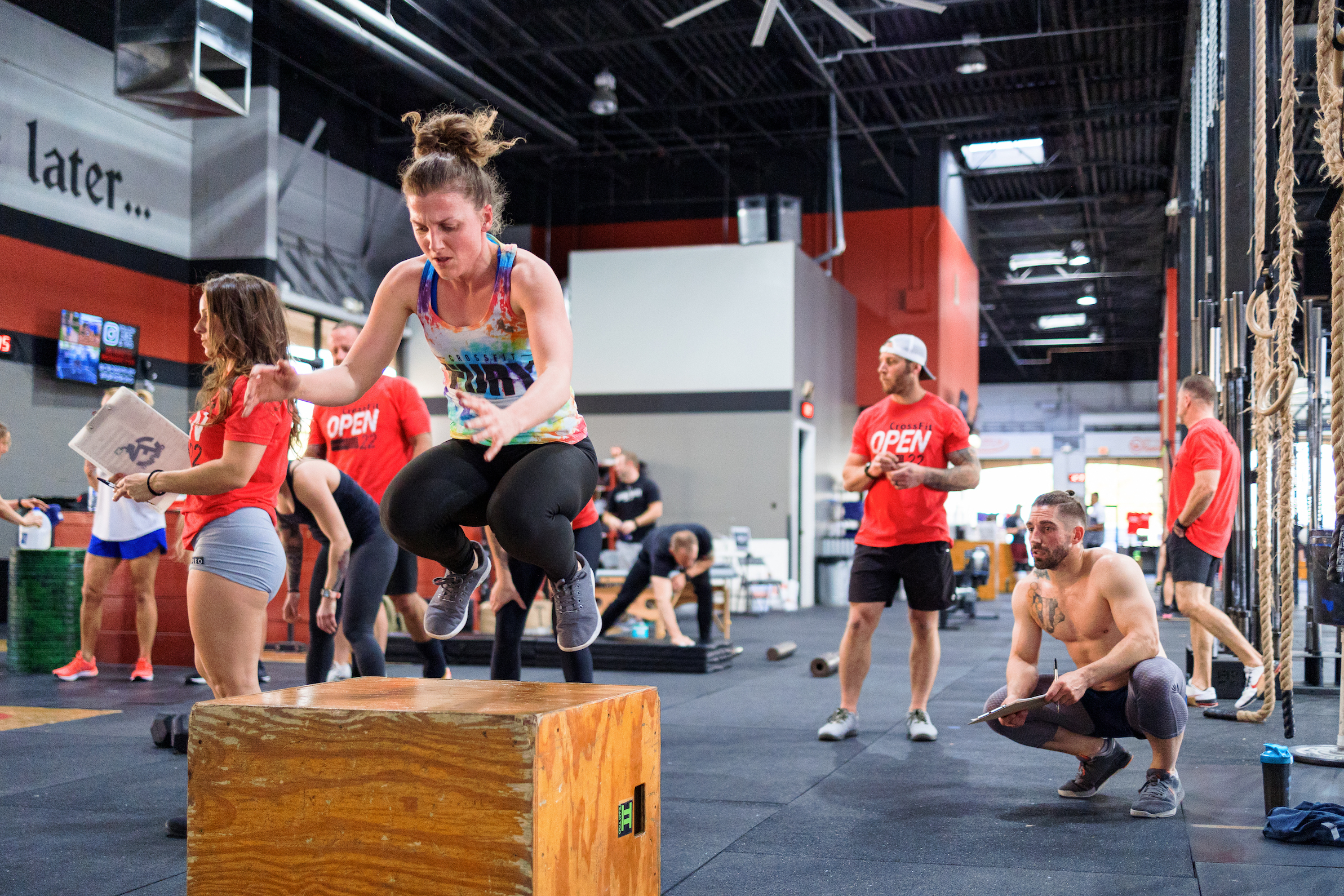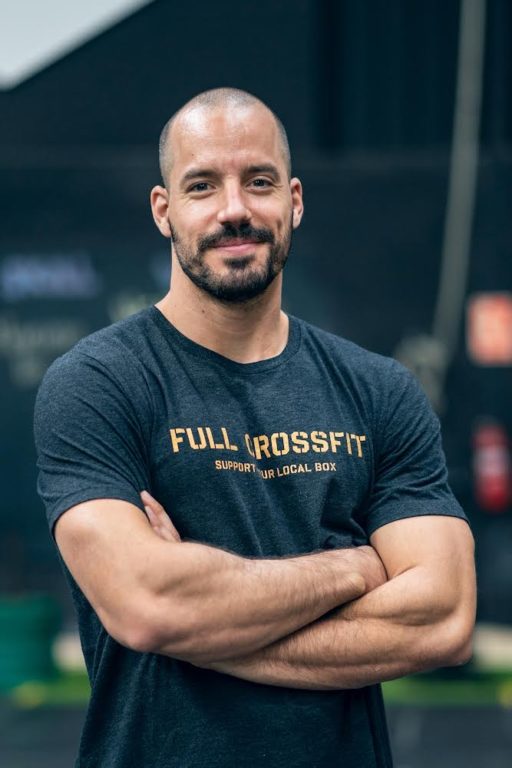Short Answer: No! It’s not about how much you work, but rather about how hard you work.
More work = more results. Right?
That’s what a lot of people seem to think. They spend hours on treadmills or in the weight room or do multiple long sessions a day, scoffing at the idea of a 3-minute CrossFit workout.
And not even CrossFit athletes are immune to the more-is-better approach. Eager athletes who watch CrossFit Games champions and other high-level athletes post their long sessions with tons of different pieces: strength, then a met-con*, then another met-con, then accessory work, and repeat for a second session.
The first thing to understand is that athletes like that are professionals. They get paid to work out and win competitions. But the average Joe or Jane — anyone training for optimal health and fitness — doesn’t need more volume of training. They need more intense training.

For optimal results, prioritize intensity. I Photo courtesy of CrossFit Fury.
In CrossFit, intensity is defined as power. Power is defined as the “time rate of doing work.”
So, the faster you do work — where work is moving a load, whether that’s a barbell, a medicine ball, or your own body — the more intensity you create. And “intensity is the independent variable most commonly associated with maximizing the rate of return of favorable adaptation to exercise.”
In other words: Intensity — always relative to each person’s physiological and psychological states — is the path to results. Intensity = results.
Where many people go wrong is in fixating on the “work” element in their workout plan and thinking that more work — doing more workouts or working out for longer — will do wonders for their fitness. And most of the time, it’s the other way around.
What I have seen many times is if you increase the volume, your intensity will decrease in some of the pieces you’re doing. For example, doing a strength session followed by a met-con every single day will mean that the met-con will take a hit intensity-wise. You won’t be able to go as hard as you could have if you’d only done the met-con alone. For those who have done the CrossFit Open, think about your approach to those workouts. Would you do a strength session before an Open workout? Or if you’ve played football or lacrosse, would you do a strength session right before you take the field? I don’t think so.
If I see an athlete overdoing the volume — doing extra workouts before or after class, or skipping class altogether to do “harder programming,” I ask them why. And if their goal is to improve their fitness, I encourage them to focus on increasing the intensity in everyday class. Go as hard as good technique will allow in that one workout, and come back the next day — after getting a good night’s sleep and letting your body recover — and hit it hard again.
For ages, CrossFit.com has posted only one workout a day for a reason. Go as hard as good technique will allow in that one workout — and watch your performance rise.
About the Author
 Luis Fernandez is a physical therapist, osteopath, and CrossFit Level 3 Trainer. He is part of the CrossFit Seminar Staff and he has been working at Full CrossFit in Spain since 2014.
Luis Fernandez is a physical therapist, osteopath, and CrossFit Level 3 Trainer. He is part of the CrossFit Seminar Staff and he has been working at Full CrossFit in Spain since 2014.
Comments on Ask a Coach: Does More Workout Volume Mean More Fitness?
Brilliant!
100% agree!
I've fallen into this trap over and over. Even as a begginer to crossfit in 2014 I thought I was helping myself by jumping into the competitive programing after only doing the ".com" wods for 3 months.
If HQ is reading:
This is the first comment I've been able to see since 230517. All the days in between display "0 comments." Looks like something got fixed.
Ask a Coach: Does More Workout Volume Mean More Fitness?
4